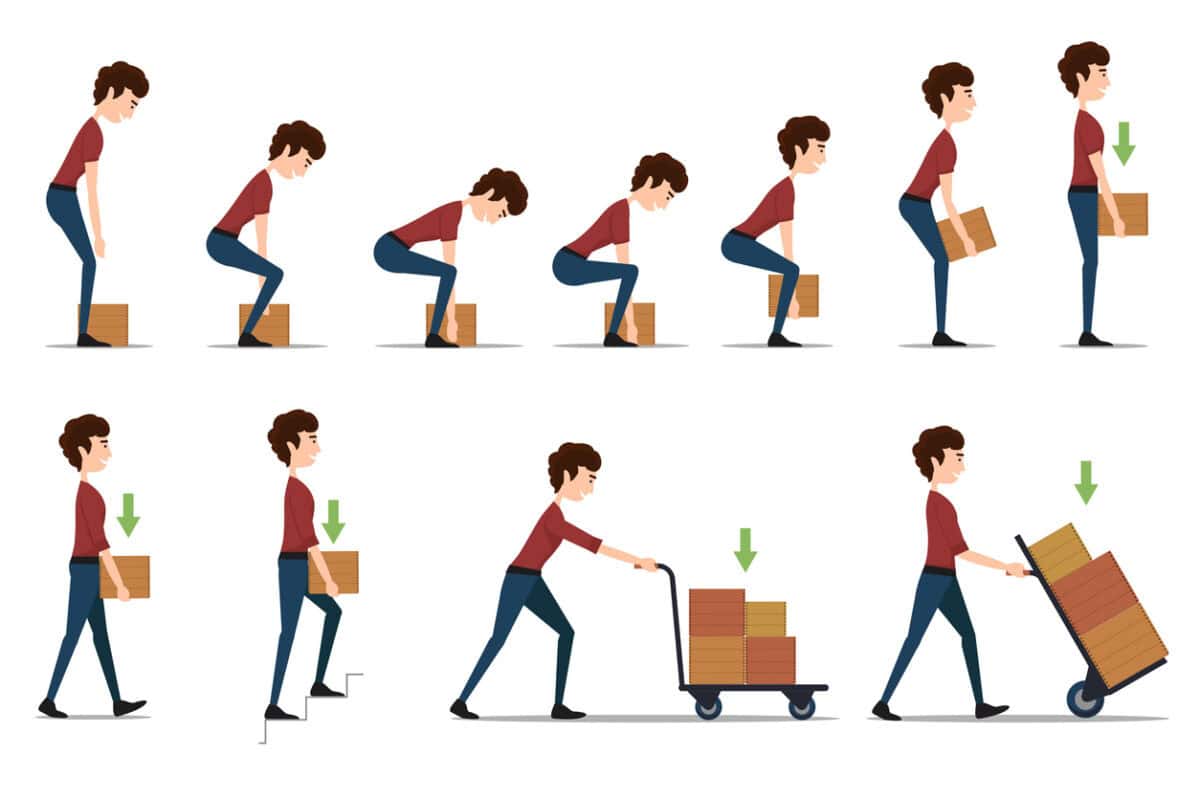Back support devices don’t work but new designs should be investigated
In 2009 Australian OHS regulators made the definitive statement on the use of back belts. The guidance stated that: Back belts don’t reduce the forces on the spine Back belts don’t reduce the strain on muscles,tendons and ligaments Back belts do nothing to reduce fatigue or to increase the ability to lift Back belts are … Continue reading “Back support devices don’t work but new designs should be investigated”


